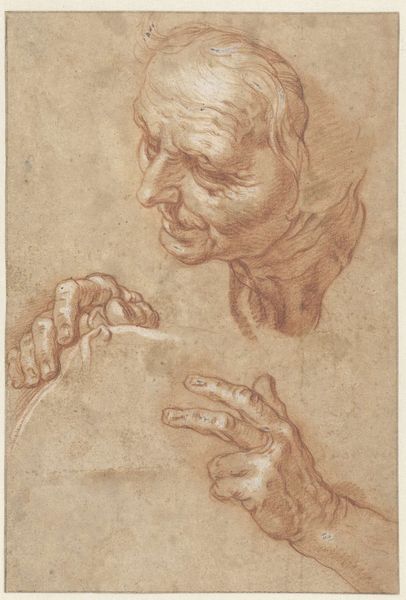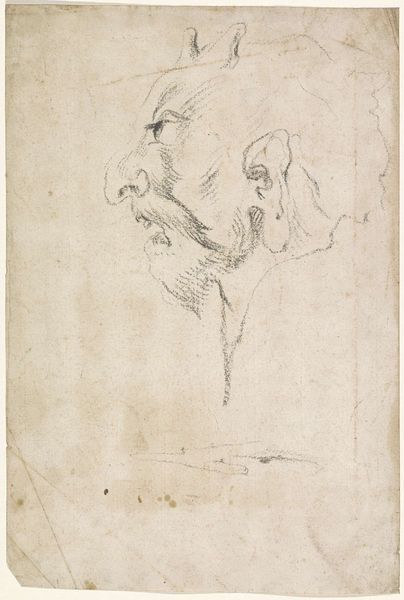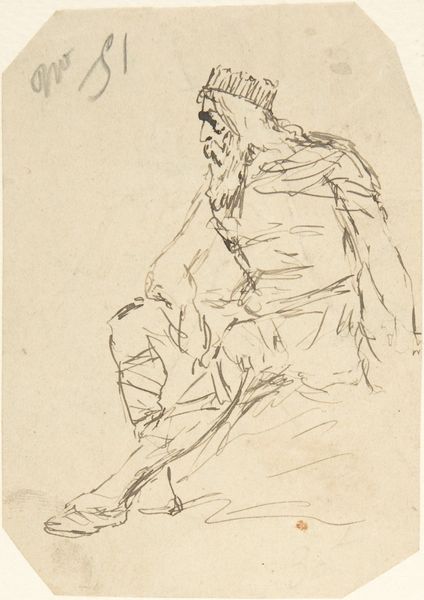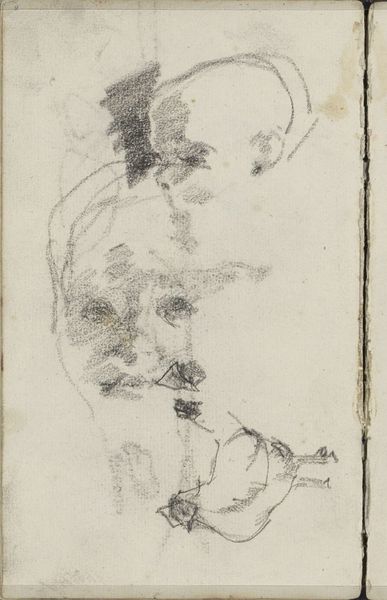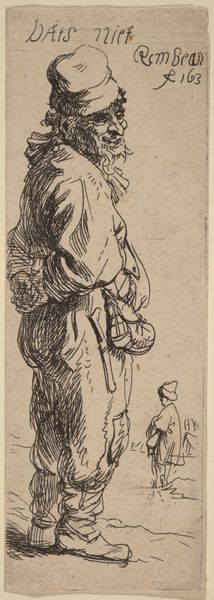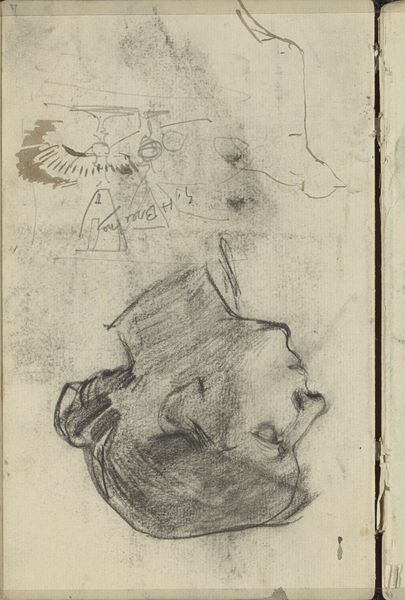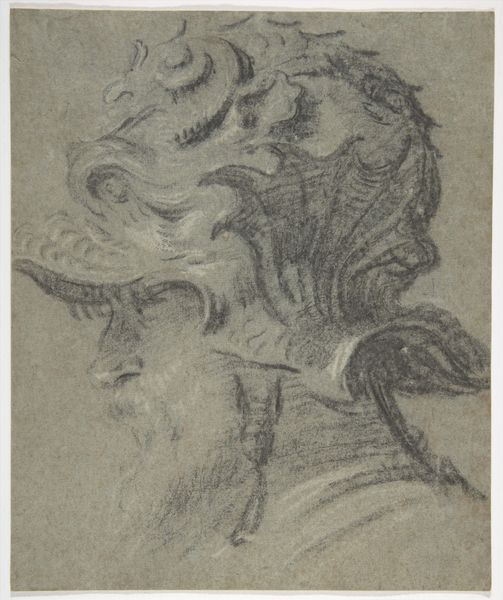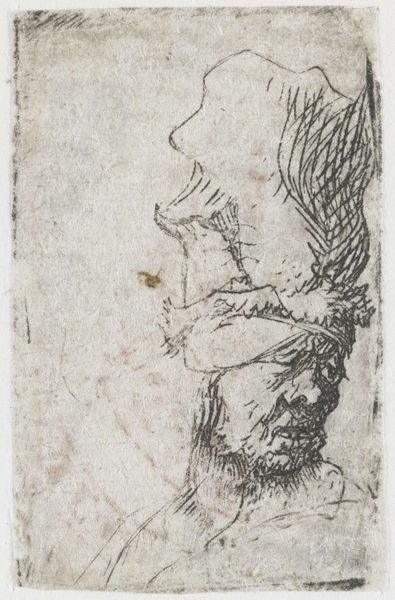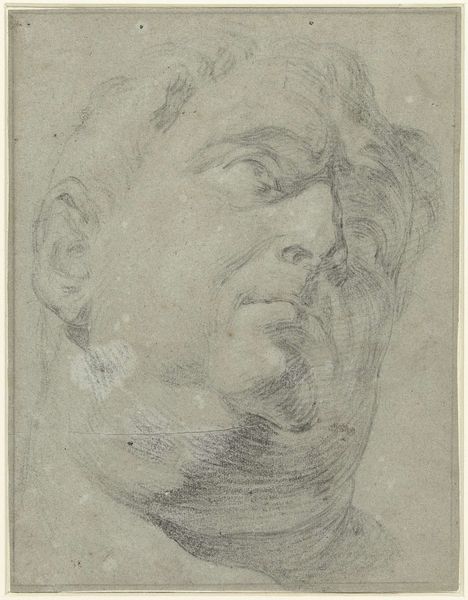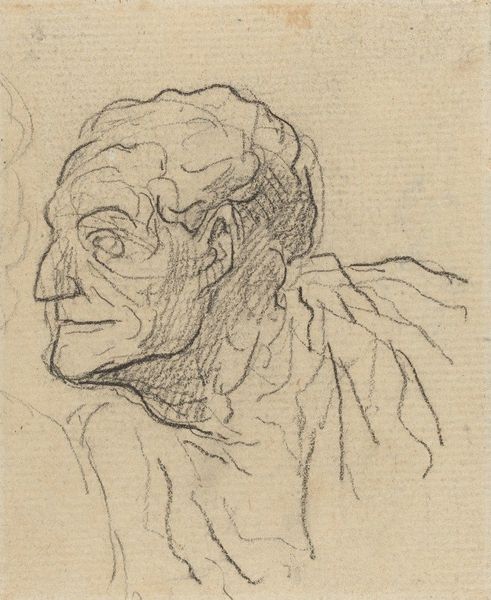
The Head of a Grotesque Man in Profile Facing Right 1500 - 1520
0:00
0:00
drawing, pencil
#
portrait
#
drawing
#
figuration
#
form
#
11_renaissance
#
pencil drawing
#
pencil
#
italian-renaissance
#
grotesque
Dimensions: (irregular): 3 5/8 × 2 1/8 in. (9.2 × 5.4 cm)
Copyright: Public Domain
Leonardo da Vinci rendered "The Head of a Grotesque Man in Profile Facing Right" with pen and brown ink sometime in the late 15th or early 16th century. In Renaissance Italy, artists and intellectuals were fascinated by physiognomy – the idea that one could discern a person's character from their outward appearance. Leonardo's grotesque head embodies this interest, exaggerating facial features to create a caricature of ugliness. But beyond mere physical repulsiveness, what did such images signify in their time? Were they simply exercises in artistic skill, or did they reflect social prejudices against certain groups or individuals? To fully understand the meaning of this drawing, we need to examine it within the context of Renaissance social structures, scientific thought, and the institutions that supported artistic production. By consulting historical texts, anatomical studies, and records of patronage, we can gain deeper insights into the complex interplay between art and society in Leonardo's time.
Comments
No comments
Be the first to comment and join the conversation on the ultimate creative platform.


